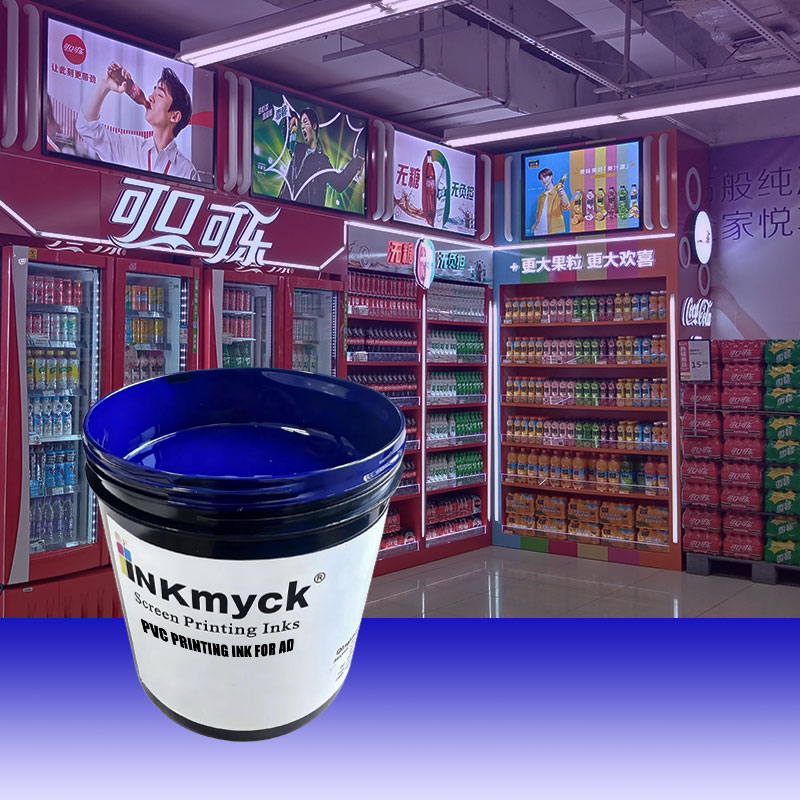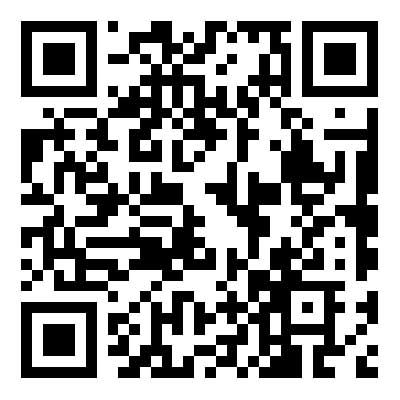How do You Determine the Correct UV Light Intensity And Exposure Time for Curing?
2025-11-10
The performance of UV Screen Printing Ink depends greatly on the accuracy of UV curing parameters. Determining the right UV light intensity and exposure time ensures complete polymerization, optimal adhesion, and superior gloss without overcuring or undercuring. At Qingdao Inklink New Materials Co., Ltd., our factory focuses on manufacturing high-quality UV inks tailored to meet the precise requirements of different curing systems.
1. The Importance of Accurate UV Light Intensity and Exposure Time
Proper UV curing is essential for obtaining consistent ink performance, durability, and chemical resistance. If the UV intensity is too low or the exposure time too short, the ink may remain tacky or weak. Conversely, excessive exposure can cause brittleness, discoloration, or poor flexibility. Therefore, identifying the balance between intensity and time is key for high-quality results with UV Screen Printing Ink.
At Qingdao Inklink New Materials Co., Ltd., our engineers carefully evaluate the curing conditions for each product batch to guarantee reliable crosslinking. Our factory employs advanced spectroradiometers and curing test lines to ensure each UV Screen Printing Ink reacts efficiently under industry-standard lamps.
2. Key Parameters for Determining UV Light Intensity
The intensity of UV light is measured in milliwatts per square centimeter (mW/cm²). The appropriate value depends on ink formulation, pigment load, and substrate. For example, opaque inks or metallic inks generally require higher energy levels than transparent inks. Our UV Screen Printing Ink formulations are tested under multiple intensities to ensure consistent curing performance across various UV lamp types, including mercury, LED, and metal halide systems.
| Ink Type | Recommended Intensity (mW/cm²) | Typical Exposure Time (s) | UV Lamp Type | Optimal Curing Energy (mJ/cm²) |
| Standard UV Screen Printing Ink | 300 - 500 | 1.0 - 1.5 | Mercury Lamp | 500 - 800 |
| LED-Curable UV Ink | 250 - 350 | 0.8 - 1.2 | 365-395 nm LED | 400 - 600 |
| High Opacity White Ink | 450 - 600 | 1.5 - 2.0 | Metal Halide | 800 - 1200 |
| Flexible UV Ink for Films | 250 - 400 | 0.7 - 1.0 | LED or Mercury | 400 - 700 |
Our Qingdao Inklink New Materials Co., Ltd. production team calibrates lamps to maintain consistent UV intensity throughout the curing process. By controlling parameters accurately, our factory ensures each UV Screen Printing Ink layer achieves full hardness and color vibrancy.
3. Methods to Determine Correct Exposure Time
Exposure time defines how long the ink film receives UV energy. It is typically adjusted by modifying the conveyor speed or lamp distance. The correct exposure time depends on ink thickness, substrate type, and environmental factors such as humidity and temperature.
Our laboratory at Qingdao Inklink New Materials Co., Ltd. uses both real-time UV radiometry and test strip methods to calculate precise exposure durations. We recommend gradually increasing exposure time in test runs until the ink surface becomes fully dry, non-tacky, and resistant to scratching or chemical wipes.
4. Practical Considerations in the UV Curing Process
Even with optimal parameters, certain environmental and mechanical conditions influence curing quality. These include lamp aging, distance from the substrate, ventilation, and line speed. Regular maintenance of UV lamps is crucial to ensure consistent curing strength. Our UV Screen Printing Ink line is formulated to tolerate slight variations in curing conditions without losing performance.
At Qingdao Inklink New Materials Co., Ltd., our factory advises customers to perform routine calibration checks and to use UV measuring devices at least once a week. This ensures uniform energy delivery and prevents partial curing defects.
5. Product Specifications and Technical Advantages
To provide a clearer understanding of our products, the following table lists typical specifications of UV Screen Printing Ink developed by Qingdao Inklink New Materials Co., Ltd..
| Property | Specification | Testing Method |
| Viscosity (25°C) | 3500–5500 cps | Brookfield Viscometer |
| Gloss Level | ≥ 85 GU | 60° Gloss Meter |
| Adhesion | 100% Cross Hatch Pass | ASTM D3359 |
| Hardness | 2H - 3H | Pencil Hardness Test |
| Curing Energy Requirement | 400 - 800 mJ/cm² | UV Radiometer |
| Color Strength | High Pigment Load | Visual and Spectral Comparison |
These parameters represent the quality consistency maintained by Qingdao Inklink New Materials Co., Ltd. and our factory’s continuous improvement policy. Each batch of UV Screen Printing Ink is subjected to quality control tests to ensure perfect compatibility with a range of curing systems.
6. Quality Control and Customization Options
Our facility provides customized UV curing solutions for specific substrates such as PVC, PET, metal, and glass. We adjust ink formulation and curing parameters based on the customer’s production setup. This tailored approach allows our UV Screen Printing Ink to deliver consistent performance under various industrial conditions.
By partnering with Qingdao Inklink New Materials Co., Ltd., customers benefit from reliable product support, professional consultation, and access to advanced testing equipment. Our mission is to maintain precision and stability at every curing stage.
FAQs About “How do You Determine the Correct UV Light Intensity And Exposure Time for Curing?”
Q1: What factors influence the required UV intensity for curing UV Screen Printing Ink?
A1: The main factors include ink color, film thickness, substrate reflectivity, and lamp type. Dark or opaque colors require higher UV energy. Our engineers at Qingdao Inklink New Materials Co., Ltd. adjust the formulation to cure evenly under standard UV lamps.
Q2: How can I verify that the ink is fully cured?
A2: A fully cured film is dry to touch, has no tack, and resists alcohol or solvent wipes. Scratch resistance and adhesion tests can further confirm completeness. Our factory provides a curing test kit for quick verification on production lines.
Q3: What happens if the exposure time is too long or too short?
A3: Insufficient exposure leaves the ink soft and prone to smearing, while excessive exposure can cause yellowing and brittleness. Our technical team at Qingdao Inklink New Materials Co., Ltd. helps clients establish balanced parameters for their curing systems.
Conclusion
Knowing How do You Determine the Correct UV Light Intensity And Exposure Time for Curing? is fundamental to achieving durable, professional-quality results. Proper control of these parameters not only enhances adhesion and gloss but also extends the service life of the finished product. At Qingdao Inklink New Materials Co., Ltd., we combine technical expertise with advanced production technology to deliver premium UV Screen Printing Ink solutions that meet the highest industry standards. Through precise formulation, testing, and customer-focused service, our factory continues to be a trusted supplier in the UV ink market worldwide.



